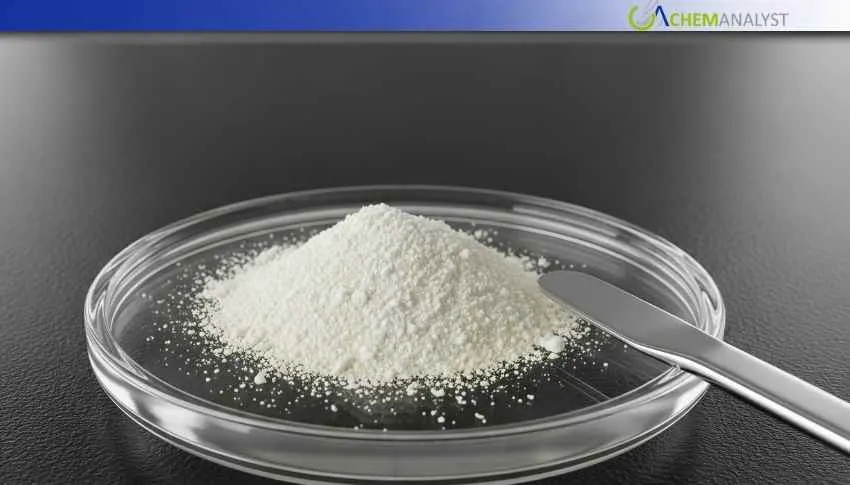Welcome To ChemAnalyst

In July 2025, the global Antimony Trioxide (ATO) market faced unprecedented challenges that resulted from severe supply shortages from China and a marked decline in demand from the United States and other major consuming areas. While several producers faced acute production shortages, further exasperating supply constraints into ATO, the demand downturn created a buy market that prevented price increases from occurring as anticipated.
The ATO market in China saw a significant decline in price of 18.28% month-on-month in July 2025 indicating a shift away from the previously bullish trends. China has faced severe ATO supply limitations as the antimony ingot production, its key raw material, experienced a drop in production of over 20% month-on-month, going from under 5000 metric tons (MT) in June to below 4000 MT in July. The slowdown was accelerated by multiple maintenance shutdowns as over half of producers were down. Additionally, ATO supply was strained further with higher ore prices and reduced supply in major mining areas with even further cuts in supply with logistical bottlenecks and energy interruptions.
Demand for ATO fell considerably, especially in export markets. This decline reflects weakening global industrial activity in regions where ATO is commonly used such as Europe and North America. Domestically, ATO consumption remained soft as downstream users postponed buying decisions amid uncertain economic conditions and high inventories of goods. Trade was further hindered by exporters' lack of enthusiasm as buyers had little strength to provide new activity, in contrast to the normal seasonal uptick. Current trading conditions suggest broader macroeconomic headwinds.
The U.S. ATO supply chain was severely strained because of feedstock shortages, directly related to decreases in production in China. It was reported that the price of ATO in the U.S. decreased by about 7.5% in July 2025. Antimony ore prices remained high because Chinese mining production was low, and environmental checks were stricter and miners had less reserves.
U.S. ATO buyers explored alternative sources, though options were limited. US Antimony Corporation (USAC) secured 110 mt of Australian ore, but encountered processing delays, while a 55-ton shipment was detained in China. Bolivian flake antimony contracts offered minimal relief amid logistical hurdles. Consequently, U.S. smelters operated below capacity, maintaining supply tightness.
ATO Demand in the U.S. softened, driven by reduced orders from flame-retardant manufacturers. The U.S. construction sector slowed due to high interest rates, and electronics production stagnated. Automotive flame-retardant demand also dipped. Niche military and aerospace applications provided some support. While buyers leveraged price dips for contracts, procurement remained cautious due to economic uncertainty. Substitution threats lingered, though ATO’s superior high-temperature performance maintained its market share.
Looking forward, the ATO market is anticipated to face upward price pressure stemming from tightening supply. A lack of raw materials from China, a primary producer, is likely to maintain a low inventory, high operating costs, and some ATO demand rebound across several applications, notably flame retardants for construction and electronics, due to global safety legislation and industry growth.
We use cookies to deliver the best possible experience on our website. To learn more, visit our Privacy Policy. By continuing to use this site or by closing this box, you consent to our use of cookies. More info.
